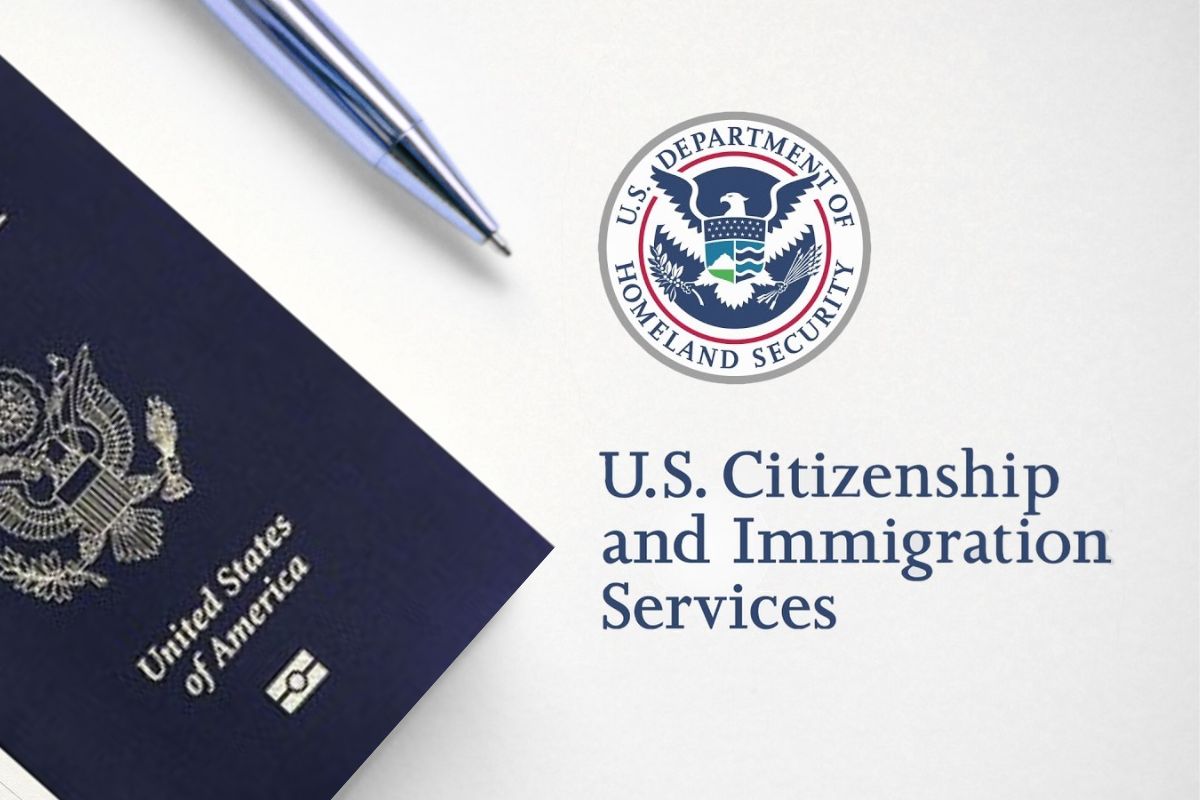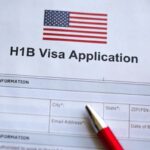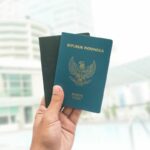The United States Citizenship and Immigration Services (USCIS) has recently released a comprehensive update to its policy manual, impacting L-1 visa applications. This guidance not only reaffirms the existing policy but also clarifies certain aspects, particularly concerning sole proprietorships and the extension of blanket L-1 petitions.
In this article, we’ll break down the key points of the USCIS policy update and its implications for prospective L-1 visa applicants.
Sole Proprietorships and L-1 Visa Applications
The USCIS has reinforced its stance on disallowing sole proprietorships from filing L-1 visa applications on behalf of their owners. According to the guidance, a sole proprietorship is not considered a legally separate entity from its owner when both the owner and the L-1 visa beneficiary are the same individual.
In such instances, filing such a petition would be categorized as a self-application, and it is strictly prohibited.
Self-Incorporated Entities Eligible for L-1 Visas
In contrast to sole proprietorships, the USCIS has distinguished self-applications from those filed by self-incorporated entities.
These self-incorporated entities include corporations or limited liability companies with a single owner, and they are recognized as distinct legal entities separate from their owners. Consequently, they are eligible to submit L-1 visa applications on behalf of their owners.
Understanding the L-1 Visa
The L-1 visa program, which includes the L-1A for managers and executives and the L-1B for specialized knowledge workers, serves as a pathway to the United States for foreign professionals. While it does not directly lead to permanent residency (a green card), it plays a crucial role in the employment-based immigration process.
To qualify for an L-1 visa, applicants must meet specific requirements. They must have a minimum of one year of continuous employment with the same company within the preceding three years.
Additionally, they should be transferred to a U.S. office of the same company in a managerial, executive, or specialized knowledge role. Furthermore, the U.S. office must have a qualifying relationship with the foreign company, such as being a parent, subsidiary, affiliate, or branch.
The L-1 Visa Application Process
The L-1 visa application process involves several essential steps, commencing with the U.S. employer submitting a petition (Form I-129) to the USCIS. This petition must be accompanied by necessary documents demonstrating the qualifying relationship between the U.S. and foreign companies, along with a formal job offer letter.
Following USCIS processing and approval, applicants residing outside the United States must undergo consular processing, which includes scheduling and attending an interview at the U.S. embassy or consulate in their home country.
Extension of Blanket L-1 Petitions
The new policy guidance also addresses the extension of blanket L-1 petitions. It clarifies that a failure to file a timely extension of the blanket petition does not necessitate a waiting period before a new blanket petition can be submitted.
Blanket L-1 petitions offer a unique advantage to eligible executives, managers, and specialized knowledge professionals, allowing them to apply for their L-1 visas directly at a U.S. consulate or embassy abroad without the need for pre-filing with the USCIS.
This is contingent upon both the entity they worked for abroad (where the employee must have worked for more than one year in the last three years) and the entity they will work for in the U.S. is eligible for blanket approval.
Final Words
In conclusion, the recent USCIS policy guidance brings much-needed clarity to L-1 visa applications, particularly concerning sole proprietorships and the extension of blanket petitions. Prospective L-1 visa applicants and their employers should take note of these changes to navigate the immigration process effectively. Stay tuned for more updates on travel and immigration matters as they unfold.
Follow and connect with us on Facebook, Twitter, LinkedIn, Instagram and Google News for the latest travel news and updates!





